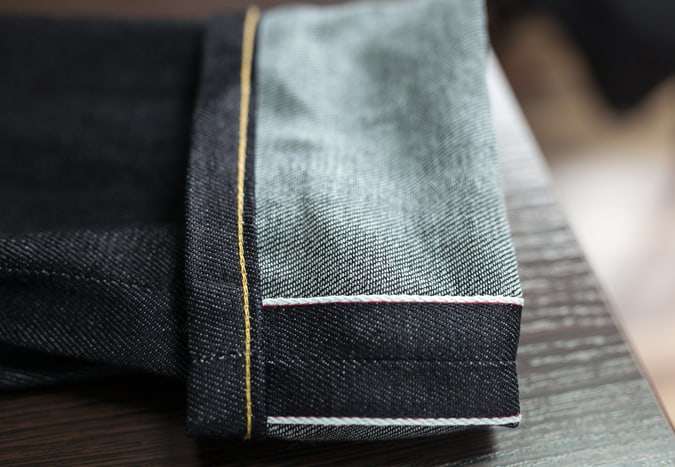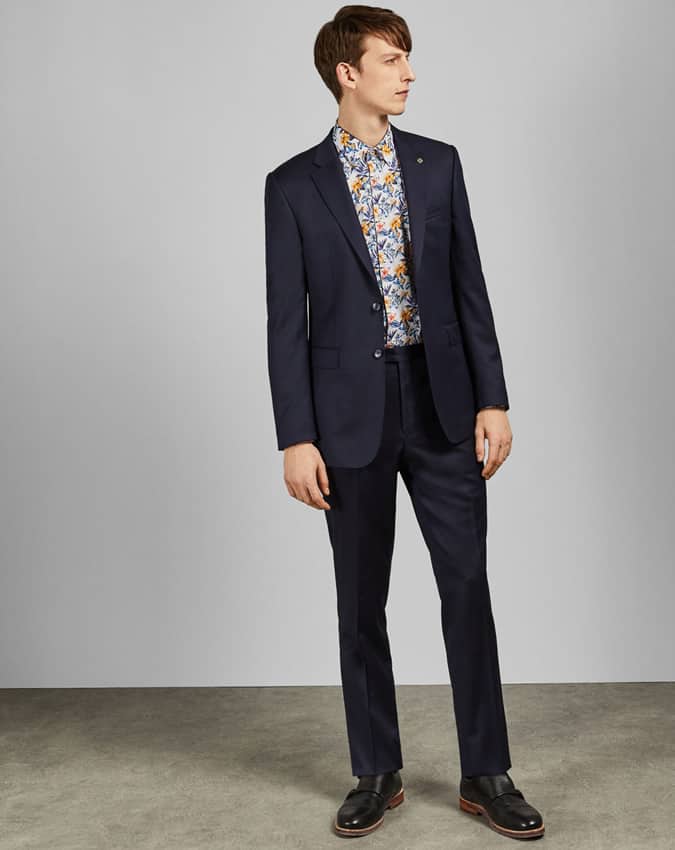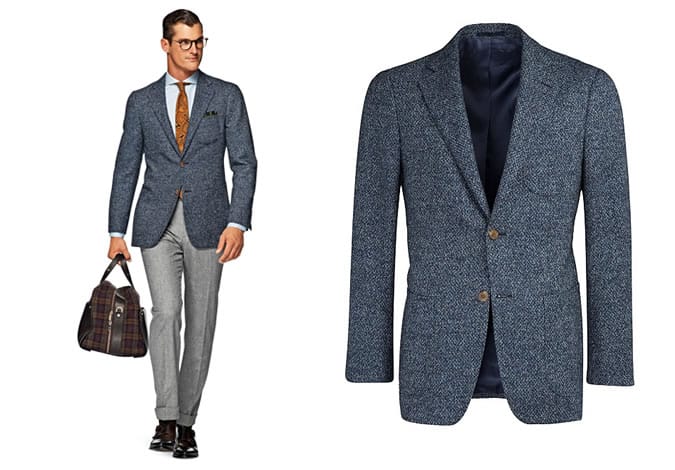The 15 Best Jeans For Men, At Every Fit And Budget
“Denim woven on vintage looms that use premium grade cotton that has been rope-dyed in indigo will be full of character that reveals itself as the denim breaks in. Jeans that have been through a rigorous and environmentally damaging washing process essentially have all the life sucked out of the cotton and never become a very personal item of clothing in the way that a pair of raw jeans will.”

So, for the best chance of quality, go raw. You’ll be helping our planet too, according to Linda Rieswick, general manager of Son of a Stag. “Buying your jeans raw is much friendlier for the environment as the washing treatments [used by high street chains to achieve manufactured fades] consume tons of water. With raw, you’ll create your own fading history.”
Pay Attention To The Details
Aside from the actual denim fabric itself, there are a number of details that can give away a top pair of jeans. An easy marker is the selvedge which is found by turning up the hem of a leg. “It’s the end of the fabric which has been finished in a way to stop it fraying – it’s the mostly white line mixed with a distinctive red, blue or green colour thread. This is a historical feature where three of the oldest companies had their individual colours at the edge of rolls of fabric so they didn’t get mixed up in the warehouse, which were often shared (Levi’s are red selvedge, Lee Jeans were blue selvedge and Wrangler used green selvedge.).”

Whilst at the hem, it’s worth checking the stitching method used for it. Cheap jeans will have a ‘lockstitched’ hem, with a single thread that does the job, but can easily be achieved on any sewing machine. Better quality jeans will have a chainstitched hem, which are “done on very old industrial hemming machines from a company called Union Special”, according to Rieswick.























